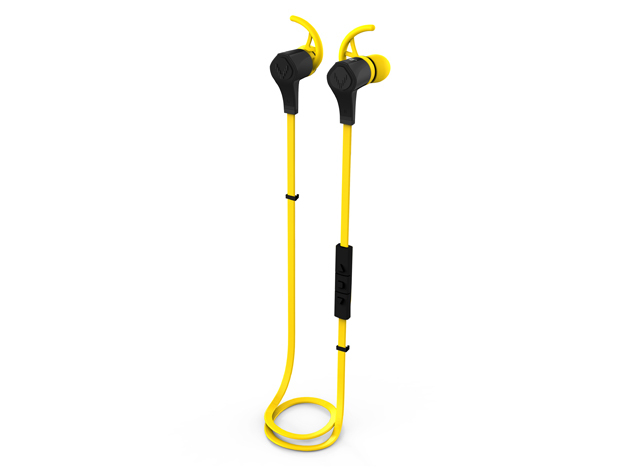 By Asim Waqar
By Asim Waqar
A dead car battery can be justified when you take into account that checking the battery requires actual physical activity. That is all going to change due to a simple but useful innovation.
Bosch has developed an electronic battery sensor (EBS) designed to monitor a battery’s current and future performance levels (by measuring the temperature, current and voltage) which prevents vehicle breakdowns associated with depleted and near-depleted batteries.
This information can be used to ensure enough battery energy is preserved to guarantee a car starts every time it is turned on, and can be integrated with a car’s existing messaging/warning system.
The EBS will be available on an OEM production vehicle in 2006.
Visit the Bosch auto parts homepage here.





Finally! Something in my field! 🙂
The CAN (Controller Area Network) protocol will be mandatory with the coming OBD-III standard. Developed by Bosch, it’s an asynchronous serial protocol much like token ring (for those who are old enough to remember that!). Each device on the bus has an address, and any device on the bus can query a particular device, or it can listen for data packets from one or more other devices that broadcast regularly.
What does this mean for us? Well, for current cars, it means the different controllers (for ABS, stability control, airbags, engine management, etc.) can swap data and commands seamlessly. Add a new system to a production car? Just change a little bit of code and plug in the new box to the existing CAN bus. No new wires to string, and you can theoretically even retrofit cars in the field with minimal effort.
Other neat things? You can make plug-and-play smart sensors that transmit their data via a CAN bus. Want to use the same ECU for a turbo application, but your manifold pressure sensor only goes up to 1 bar? Simply plug in a new, 5-bar sensor and drive away (with appropriate maps installed in the engine management computer, of course!). Again, no wiring, no extra circuitry. Modularity promises to make EFI technology even more affordable, while continuing to deliver more and more benefit in fuel economy and power.
And you can run multiple CAN buses in a vehicle, too. Non-critical info (or at least, info that’s not time-critical to the millisecond) can run on one bus, while just a few devices that have to move their data quickly might reside on a special, dedicated bus.
Since OBD-II is going the way of the dinosaur, expect even more possibilities for tuning at home or track on your laptop once all cars come with a CAN bus interface.